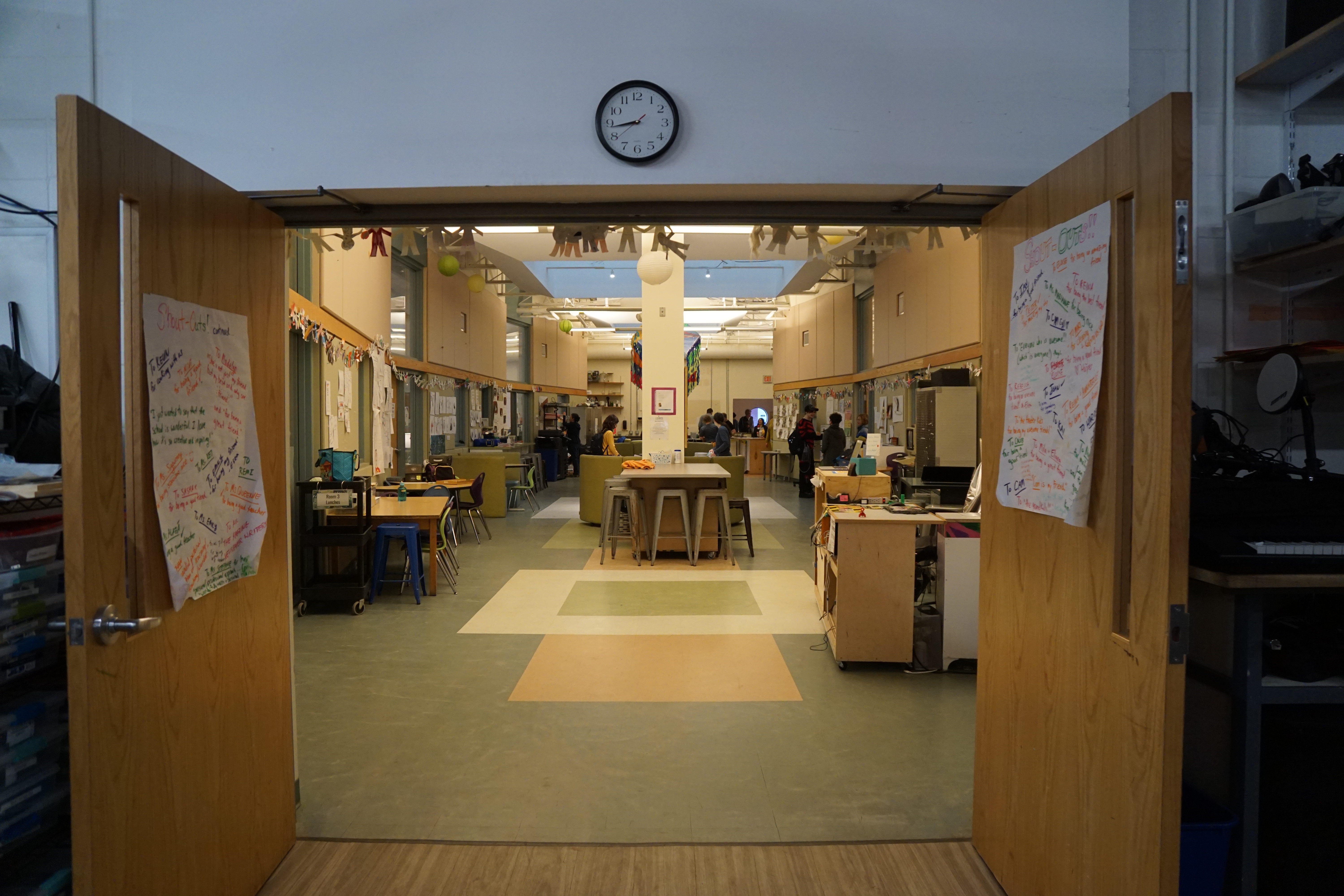 Imagine a classroom buzzing with excitement, where elementary and middle school students with no prior experience eagerly dive into a world of fascinating technology gadgets. Born into the age of the Internet, Gen Z is naturally curious about exploring the realms of electronics and coding.
Imagine a classroom buzzing with excitement, where elementary and middle school students with no prior experience eagerly dive into a world of fascinating technology gadgets. Born into the age of the Internet, Gen Z is naturally curious about exploring the realms of electronics and coding.
At Acera School, a K-8th grade institution offering a variety of learning plans for gifted kids in the Greater Boston area, there is a group of students who can’t wait to uncover the mysteries of the future… which is already the present at Acera School.
With the support of Arduino’s rich ecosystem, Acera’s maker space and physics specialist teacher, Alison Earnhart, brings electronics to life through engaging project-based lessons. We caught up with Alison to learn more about her journey with Arduino and how it’s transforming children from passive learners into active creators.
Breaking down barriers: making electronics accessible and fun
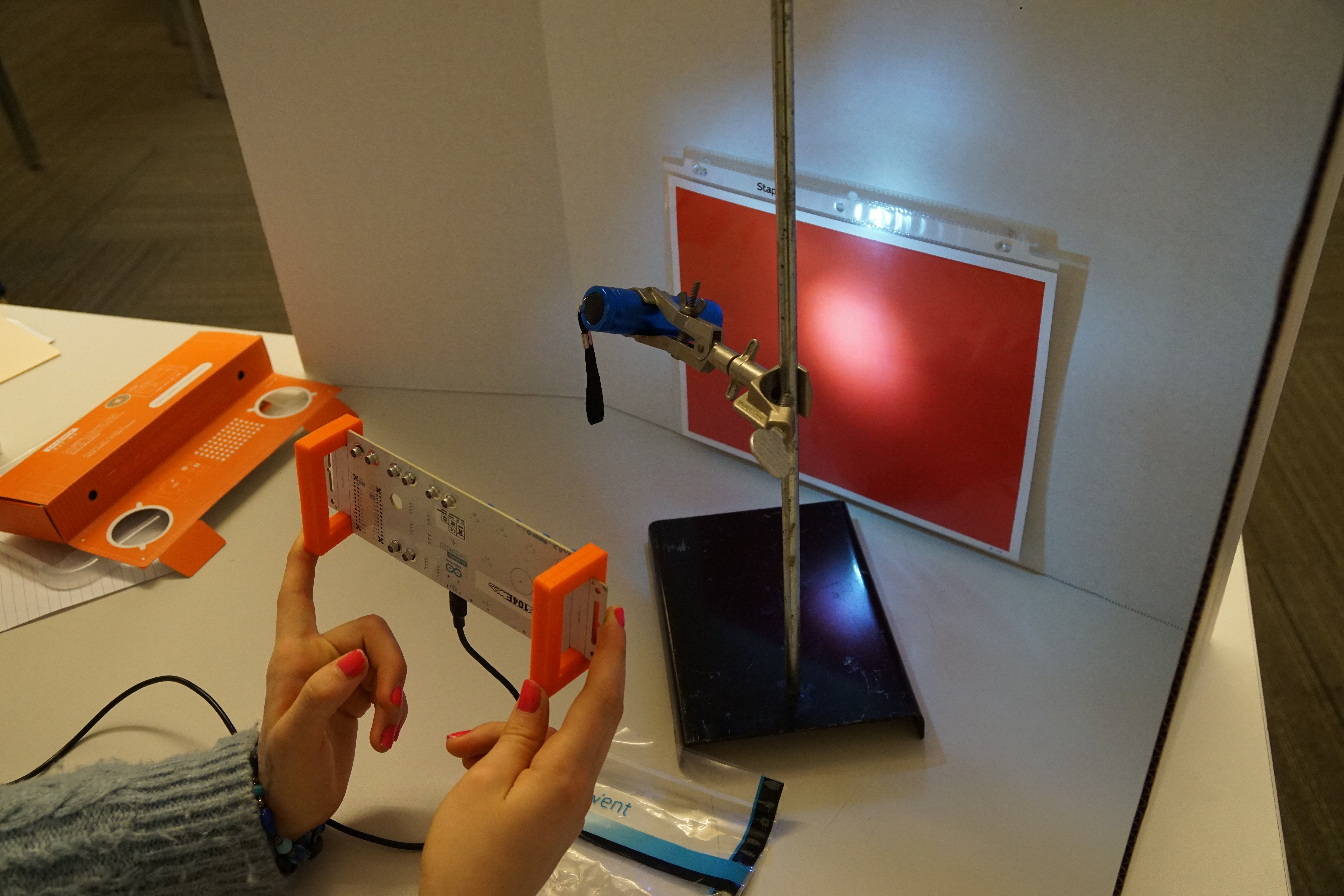
For lots of students (and even some educators), the very prospect of coding and electronics can be intimidating. “It’s too complicated!” and "I can’t do it!” are common reactions teachers often hear. And that’s not the only hurdle. Many young people also struggle to see past the stereotypes associated with these subjects. No, programming and electronics aren’t just for aspiring engineers!
However, since introducing Arduino into her maker space at Acera School, Alison says these pain points have disappeared. “Arduino does a great job of providing the scaffolding that educators and students need so they feel comfortable exploring on their own without being overwhelmed,” she explains. This is particularly beneficial given that the school serves gifted students as young as five, who might otherwise be intimidated by complex concepts but are now embracing them with enthusiasm and confidence.
Introducing students to the abundance of exciting Arduino projects online has also helped to break down kids’ preconceptions. From art and gaming to medicine and citizen science, the extraordinary diversity of these projects shows students how they can apply coding and electronics to their own passions. Inspired by these examples, they quickly shift from hesitant spectators to active creators, thinking, “Wow, that’s so cool – I want to try that!”.
Project-based learning at its best
Like many educators, Alison is a huge fan of project-based learning (PBL). For those of you who are not familiar with the concept, PBL is a student-centered teaching model in which learners investigate and respond to a challenge, problem, or complex question through extended hands-on projects.
During their PBL journey at Acera School, kids learn essential life skills like critical thinking and problem solving. They also master key electronics concepts and coding techniques along the way, with Alison and the projects in the Arduino Starter Kit book there to offer guidance and support if required.
Alison has discovered that when children drive their own education, they become far more invested and eager to learn. Even students who were initially hesitant about coding and electronics soon find themselves fully immersed in the maker culture.
This enthusiasm doesn’t stop at the classroom door; many pupils take their projects home, excited to share their newfound passion for coding and technology with friends and family.
From teacher to project manager
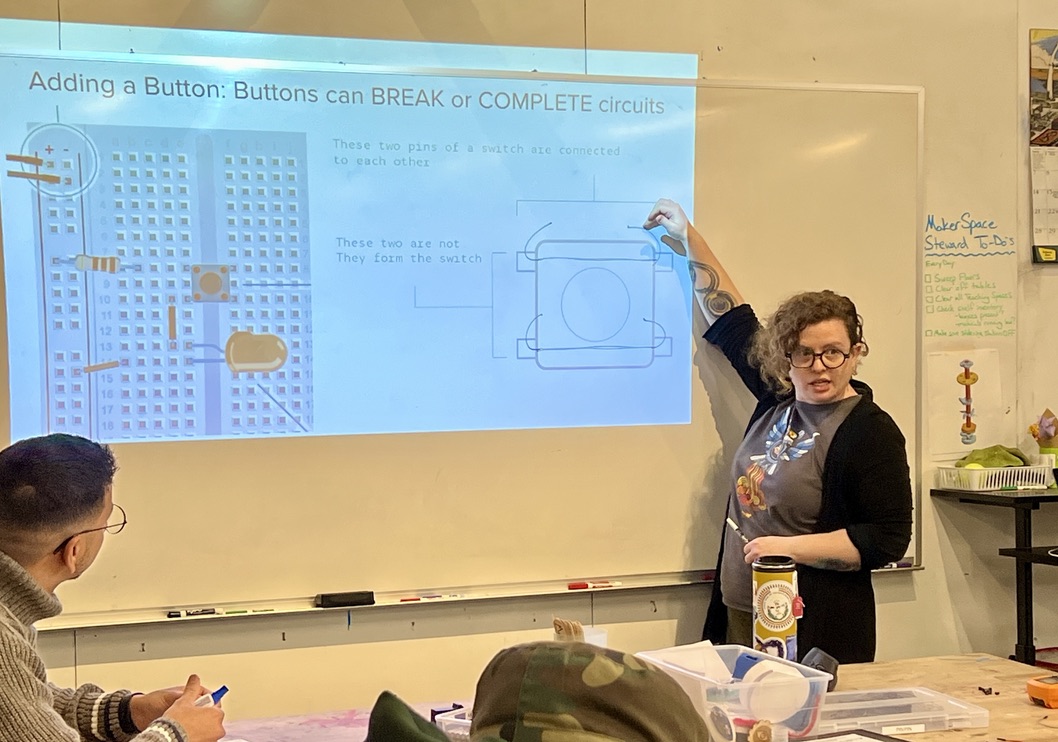
One of the benefits of PBL is that children become experts in the art of self-learning. And in this case, when we say self-learning, we really mean it!
When Alison first started using Arduino in her classroom, she didn’t study ahead of time. Instead, she chose to learn and grow alongside the children as they experimented with the hardware. This shared journey has allowed Alison to collect a wealth of practical knowledge from her students over the years.
“Empowering students to problem-solve fits perfectly with the Arduino Education system,” Alison adds. “I can’t always give them a step-by-step guide, but I can point them to the tools and resources they need to self-teach.” While she provides technical support when needed, Alison mainly acts as a facilitator and project manager, ensuring that students have a solid plan and are on track to meet their goals.
By creating a hands-on, collaborative environment, Alison shows her students that they have the power to learn and create amazing things on their own. This approach not only builds their technical skills but also instills a sense of confidence and independence that will benefit them in all areas of life.
Student projects: bringing ideas to life
Alison has witnessed some truly unique and imaginative student-led projects while working at Acera School. Some of her favorites include:
Robotic octopus
In this client-based engineering project, a group of 6th to 8th grade boys and girls designed and built a classroom companion for the 1st grade class. Using LEGO® EV3, a Raspberry Pi®, and an Arduino UNO R3, they decided to create an engaging and fun octopus toy from scratch. Despite having no prior experience, the students used CAD to design the octopus’s skeleton, which was then laser-cut. They also 3D-printed the tentacles and added LEDs to bring the octopus to life - not to mention that the skin of the octopus was crocheted by the school counselors.
Robotic musical instrument
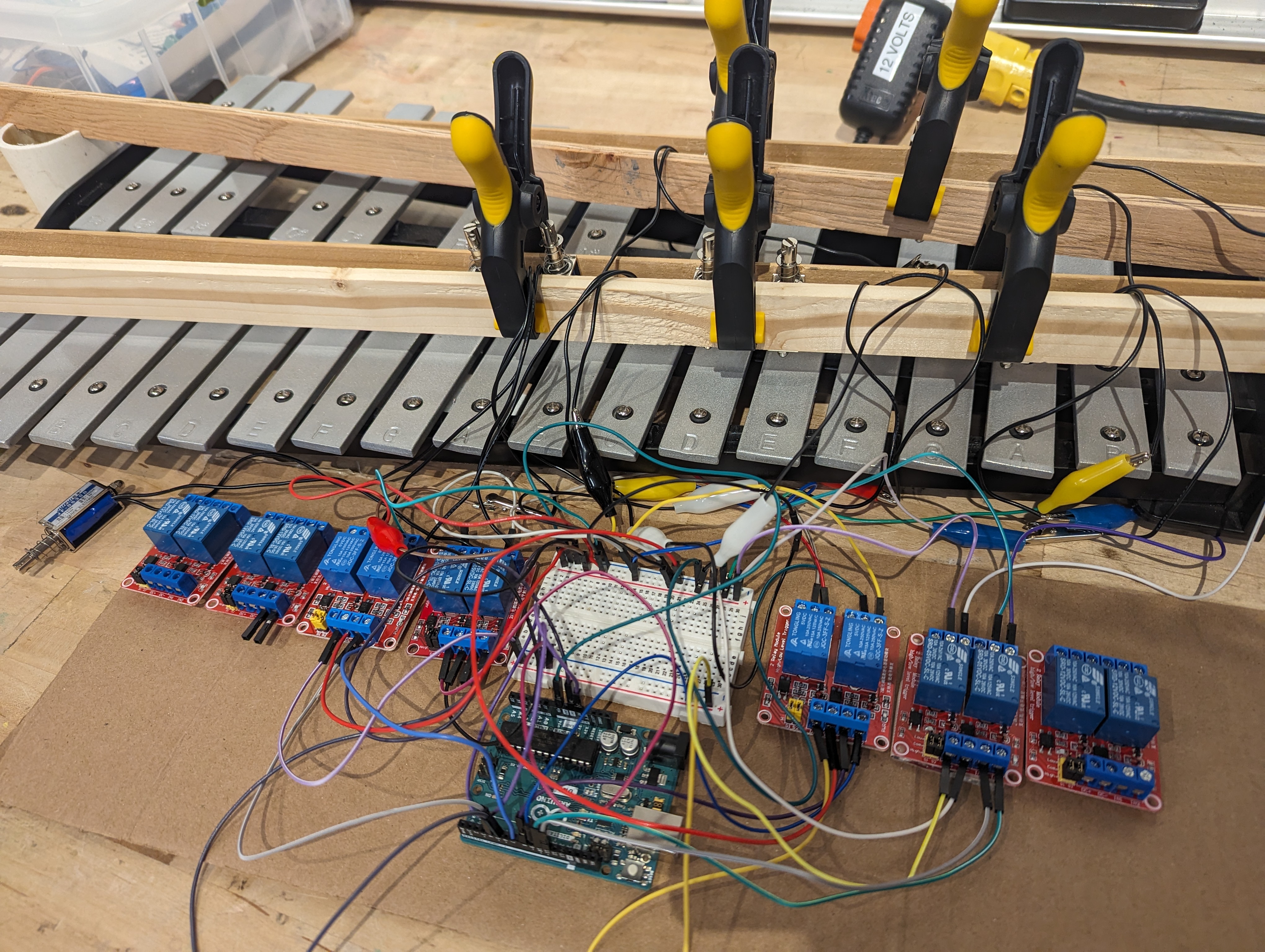 As part of the school’s Inspiration Maker Passion initiative, an 8th grader combined his love for coding and music to create a robotic musical instrument. Using solenoids and Arduino, he built a glockenspiel that could play different songs. The project was entirely student-led, with Alison only providing guidance on project management and timelines.
As part of the school’s Inspiration Maker Passion initiative, an 8th grader combined his love for coding and music to create a robotic musical instrument. Using solenoids and Arduino, he built a glockenspiel that could play different songs. The project was entirely student-led, with Alison only providing guidance on project management and timelines.
Automated self-dipping bubble machine
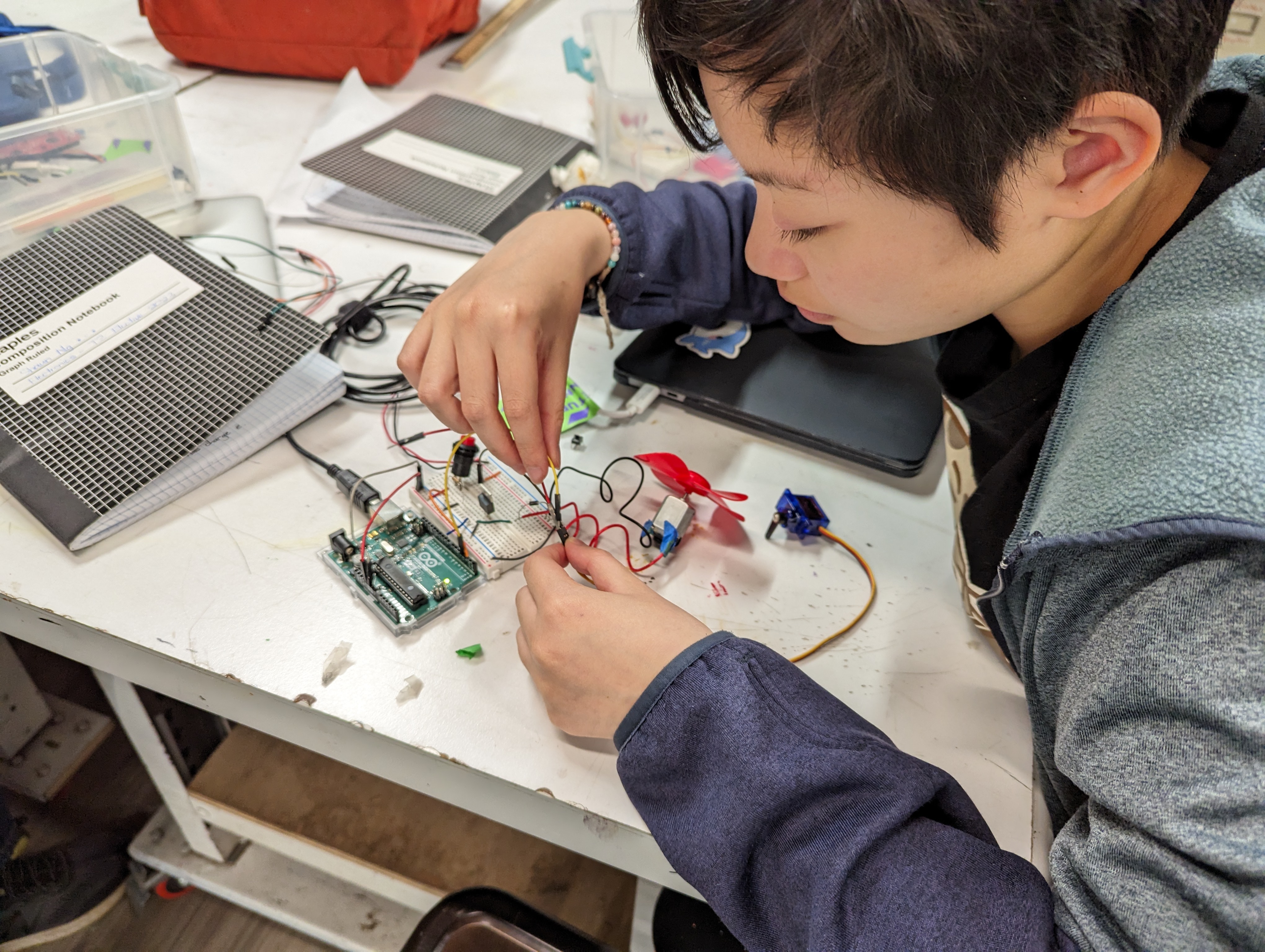 Inspired by a project they’d seen on the Arduino community forum, a group of students created an automatic bubble-blowing machine – with a twist! They saw the basic components involved servo motors, another electric motor and dipping motions. “Although there were no set instructions, they were able to educate themselves by looking at the scaffolding that Arduino provides. They utilized Arduino’s code for the motors and, with a little guidance, successfully put everything together,” says Alison.
Inspired by a project they’d seen on the Arduino community forum, a group of students created an automatic bubble-blowing machine – with a twist! They saw the basic components involved servo motors, another electric motor and dipping motions. “Although there were no set instructions, they were able to educate themselves by looking at the scaffolding that Arduino provides. They utilized Arduino’s code for the motors and, with a little guidance, successfully put everything together,” says Alison.
These inspiring examples highlight the incredible potential of student-driven learning and the magic that happens when young minds are given the freedom to explore their creativity.
Are you an educator looking for engaging STEAM resources for your middle school, high school or university? Take a look at the Arduino catalog to discover how our products can support your hands-on lessons, or check out our project-based learning courses here.